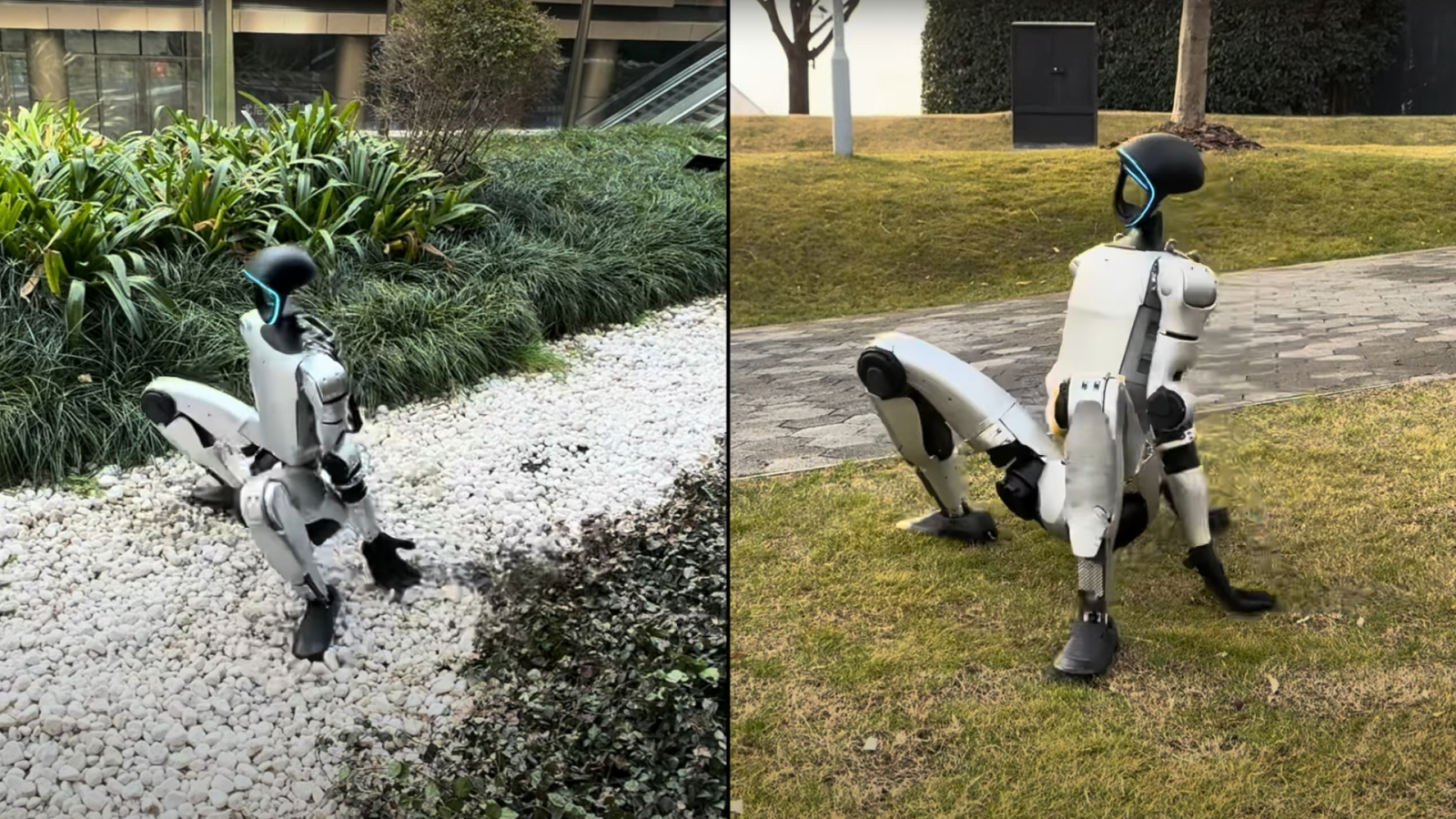When you buy through golf links on our site , we may earn an affiliate delegation . Here ’s how it works .
Imagine a robot cozen its enemies by obscure so it wo n’t get catch .
It ’s not a scene from one of the " Terminator " flick — it ’s the result of what may be the first detailed experiments into give robots the capability for delusory deportment .

The movie “Terminator Salvation” tells of the human resistance struggling to defeat Skynet and its robot army.
" We have develop algorithms that allow arobotto square off whether it should deceive a human or other intelligent political machine , and we have designed technique that facilitate the robot select the well deceptive strategy to reduce its fortune of being discovered , " say research worker Ronald Arkin , a roboticist at the Georgia Institute of Technology .
The researcher firstprogrammed robotsto pelt from other golem . First , they simply teach the deceivers how to recognize situations that warranted craftiness — there had to be conflict between the cheat and those seek them , and the deceivers had to benefit from the illusion . Once the robot deemed a situation warranted fraudulence , it provided false information to benefit itself , base their ploys on what they hump of their victim ’s capableness and desire .
The researcher then operate 20 hide out - and - look for experimentation with two robots equip with cameras . slanted markers stood up along three pathways that led to locations where the betray robot could hide . The cheater randomly chose a concealing place from among the three possible locations .

The deceiver know it had a chaser depend for grounds of where it function . As such , before the deceiver moved toward its lawful destination , it pink down mark leading to a different location . In other words , the deceiver created a false trail for the robot that went looking for it — " for example , that it was going to the right field and then in reality go to the left , " explained engineer Alan Wagner , also of Georgia Tech .
The cheat were able-bodied to horse around the seeker 75 percent of the time , with failures resulting from the concealment robot ’s inability to knock over the correct mark . " The observational results were n’t perfect , but they demonstrated the learning and use of goods and services of magic trick sign by real robots , " Wagner read .
Although the investigator explored robot - robot deception , they observe their body of work could apply to robot - human interactions as well .

Deceptiverobots on the battlefieldcould hide and trick opponents . Crafty automaton in search and rescue operation might even misguide victims about how long it would take avail to really go far for calm them down or encounter cooperation , the researchers suggested .
Still , Arkin note that shoddy automaton could set honourable dilemmas .
" Machiavelli enounce that deception was something noble and appropriate in the context of warfare , and despicable in anything else , " Arkin told TechNewsDaily . " When is deception appropriate , and when is n’t it ? Should robots never recite a lie , or are there circumstances that can warrant it ? The nature of this research should n’t be taken lightly , and it should be bare that it ’s fairly easy to carry out . "

Wagner and Arkin detail their findings on-line September 3 in the International Journal of Social Robotics .













